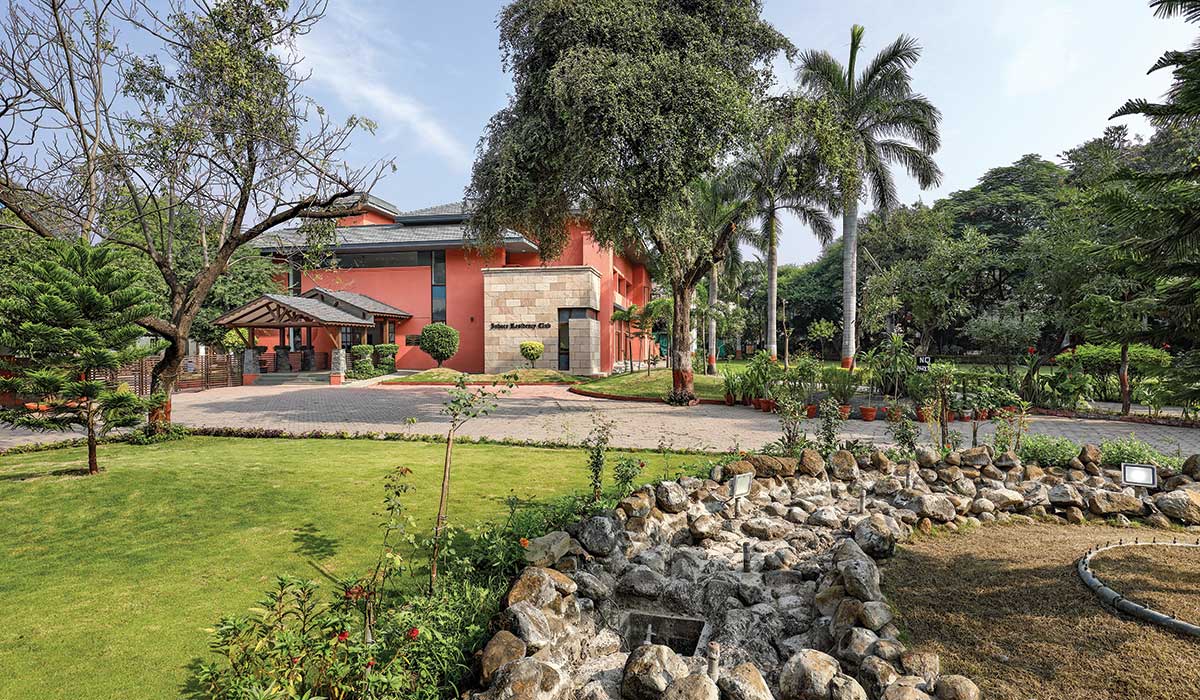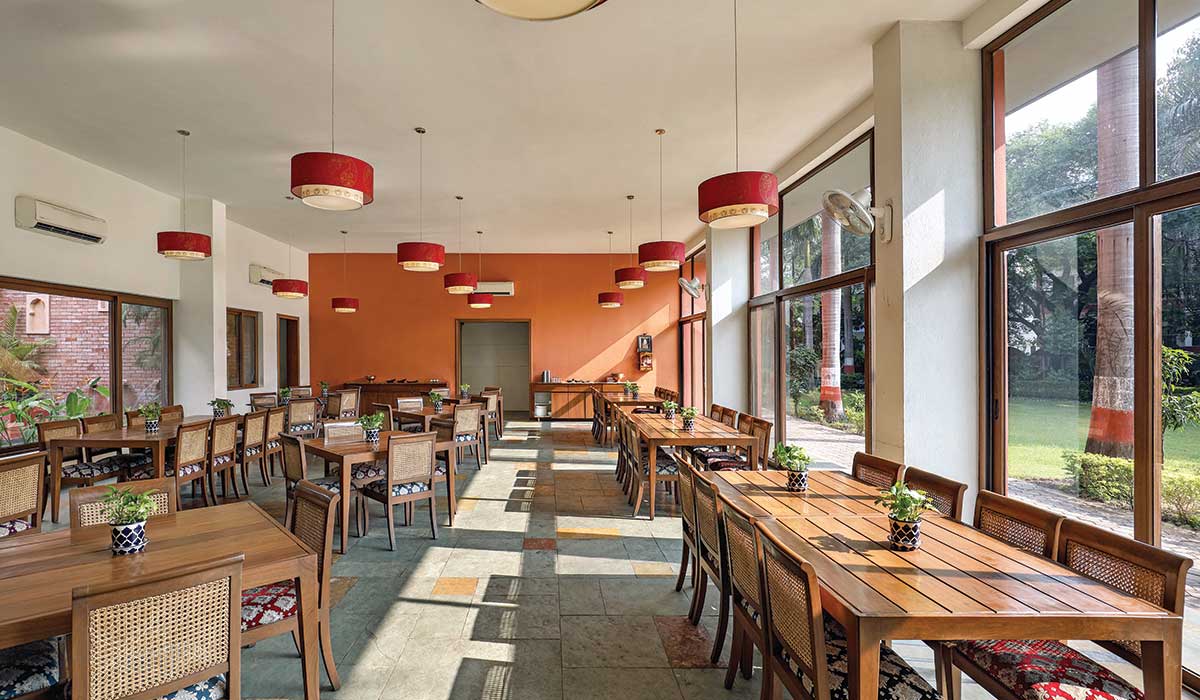
We have entered a changing world where we have altered the way we live and work according to the new normal. As architects, it is our responsibility to pave a path in the built environment that will keep the generations to come connected with Nature. We will see a shift in the architecture, with design becoming more holistic rather than satisfying people’s appetite for luxury by compromising the natural habitat. Everything would be looked upon to create a new psychological makeup of the built environment.

We will see a convergence of vernacular building techniques along with advanced technology.
A series of modular walls, breathable walls, and porous osmosis walls to ensure a controlled transfer of moisture and odour in the air, use of materials such as reclaimed wood, cork, AAC blocks, energy-efficient lighting fixtures, double glazed windows and automation to optimize energy consumption are some of the ways that can be incorporated to make an impact on the built environment. One can also accessorize the space with revamped old furniture and locally sourced antiques.
Allowing enough ventilation and natural light in a building requires an in-depth study of the location, climate, and specifications. Making the most of the natural resources to build the most eco-friendly structures will be a trend. Henceforth, how you deal with natural resources will be your new status symbol, not how expensive a car or bag you own.
Adequate use of renewable resources and giving preference to natural and recycled products will illustrate a new sense of luxury. Use of recyclable materials and avoiding plastic and steel to stay sustainable, and an inclination towards using natural materials and fabrics for furnishings and upholstery; jute carpets and cotton dhurries for floorings will define how eco-conscious you are.

A better and more practical approach towards sustainability is anticipated.
The preaching time has gone, and there’s no better time than this to practice. Sustainability is the way forward. Small measures like water conservation systems, rainwater harvesting, use of solar energy, etc. will go a long way in keeping the project environmentally friendly. Other than this, materials like transparent wood, biofoam, and self-repairing concrete will contribute to better architecture and construction practices. The involvement of governments will enable the practice of sustainability on a massive scale. With laws and regulations in place, the change can be administered faster.
We live in the phase of climate change, and design sensitivity towards energy efficiency is one of the ways we can minimize the damage. More than the industry, it’s the end-consumers who need to adapt to these trends. But to achieve the same, architects also have to create buildings that positively impact the occupants and the environment.















